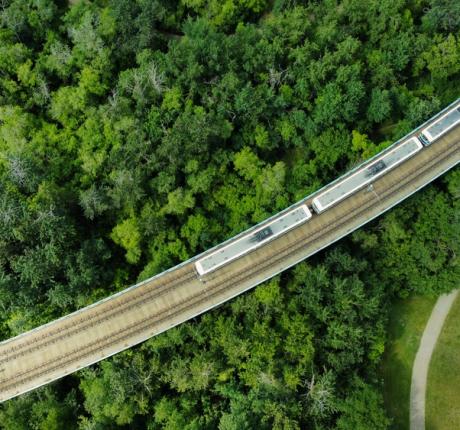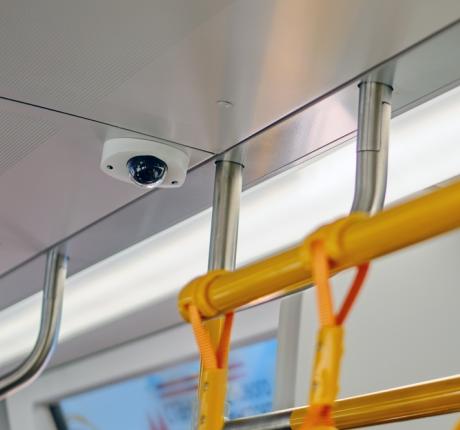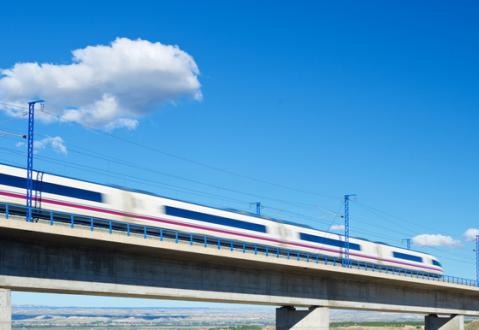
The Faster the Journey, the Bigger the Challenge
New technologies bring more insight, comfort and speed – and that is not different in the world of tracks and trains but with great speed come new challenges. With the 600kph barrier out of the way and most European High Speed Trains routinely operating at over 300kph the question of how fast must perhaps be read as
“How fast, safely ?”
Life threatening speeds
Speed is defined by the spirit of its time. From Milan to Rome in under three hours? It was unthinkable a century ago. The first passenger trains came into service around 1830 and could achieve around 45 kph, a speed considered by some to be life threatening. In reality the greater risk was not the speed but the volatility of the early steam engines.
Stay up-to-date! Subscribe to our news today.
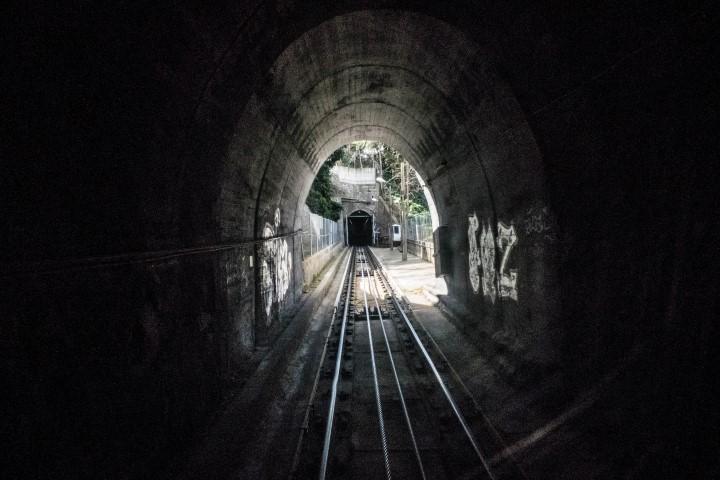
Pressure changes
More challenges arise at higher speeds. An important issue for example is the aerodynamics of trains passing through a tunnel. The generated pressure waves increases by the square of the speed, causing high pressure in front.
This can lead to a phenomenon sometimes called ‘tunnel boom’, loud bangs that occur when a train emerges from a tunnel as the result of a shock wave emerging ahead of the train. This shock wave can severely damage trains and surrounding equipment. In 2017 a combined shock wave from two trains in the UK ripped engineering trolleys from their mountings. Fortunately, although damaged, neither train was derailed.
Data studies have given us insights to prevent such tunnel booms. For example, the pressure is influenced by the train profile and the cross-sectional area of the tunnel bore. The less room available for air to pass back around the train, the higher the pressure in front.
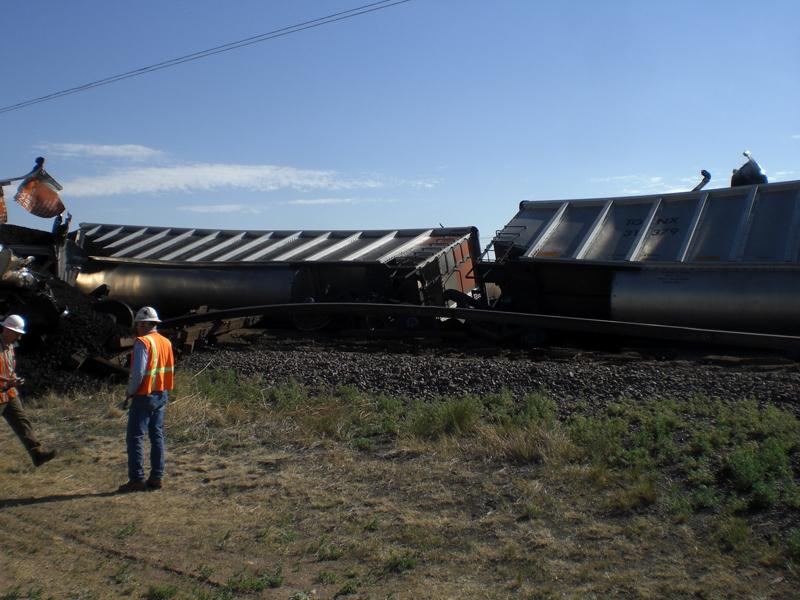
Shocks and vibrations
Another aspect to take into account is the impact of speed on the human body. Travelling at high speeds results in discomfort, in particular on curved tracks. Although tilting trains do alleviate the problem, it is not a complete cure.
The bigger risk however is instability. Bogie instability or ‘Hunting Oscillation’ can lead to damage, and sometimes even derailment. The first scientific methods to control this issue date from the 1930s with the introduction of the “Swing Hanger” design for bogies.
In later years the work conducted in both Europe and Japan on, less conical wheels allowed speeds to rise above 225kph and the latest active bogies have seen speeds rise further.
What is next?
To further mitigate the side effects of speed, train operating companies are collecting large quantities of data. Sensors mounted across the bogie measure parameters such as temperature, vibration, location and rotational forces. Inside the train sensors collect detailed data concerning the passenger experience.
Advanced on-board algorithms help to process the required data and provide the driver with immediate safety critical information and now there is more: Thanks to the large data collection and storage capability, there is a full stream of data available for deep analysis, so that engineering teams can easily compare multiple trains and journeys for advanced insight.
With the public demanding ever faster trains with increased levels of comfort the need for advanced bogie monitoring has never been more vital.


